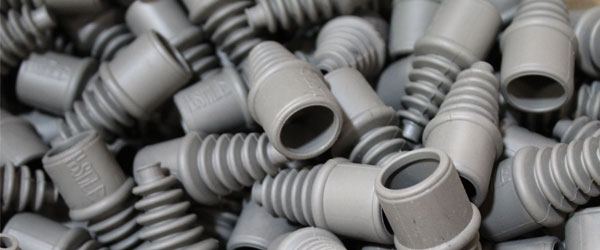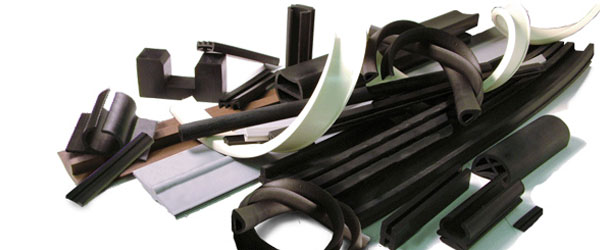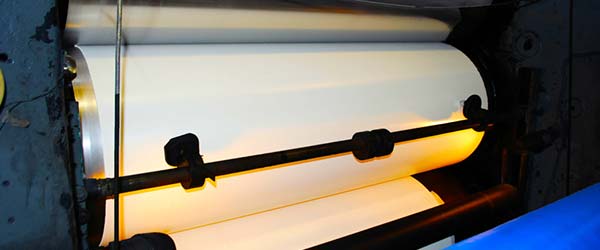Overall Equipment Effectiveness (OEE) is a key performance indicator used in manufacturing to measure the efficiency and effectiveness of equipment in production. OEE provides a metric for evaluating how well manufacturing equipment is being used by measuring the percentage of time that it is operating effectively to produce good-quality products.
OEE is calculated by multiplying three factors: Availability, Performance, and Quality. Each of these factors is expressed as a percentage, with the product of the three factors representing the overall OEE percentage.
The Availability factor of OEE measures the percentage of time that the equipment is available for production. This includes planned downtime for maintenance or changeovers, as well as unplanned downtime for breakdowns or other reasons.
The Performance factor of OEE measures the percentage of the equipment’s maximum speed or output that is being achieved during production. This takes into account factors such as speed losses due to slow or stopped machines, as well as small stops or idling.
The Quality factor of OEE measures the percentage of good-quality products that are produced by the equipment during production. This includes products that meet all quality standards and specifications, as well as those that are produced without any defects or rework.
By measuring OEE, manufacturers can identify areas of inefficiency in their production processes and take action to improve equipment performance, reduce downtime, and improve product quality. This can help to increase productivity, reduce waste, and improve profitability in manufacturing operations.
In summary, Overall Equipment Effectiveness is a valuable metric for measuring the efficiency and effectiveness of manufacturing equipment, providing insights into how well equipment is being used and opportunities for improvement.
 (909) 987-1774
(909) 987-1774 Email Us
Email Us







